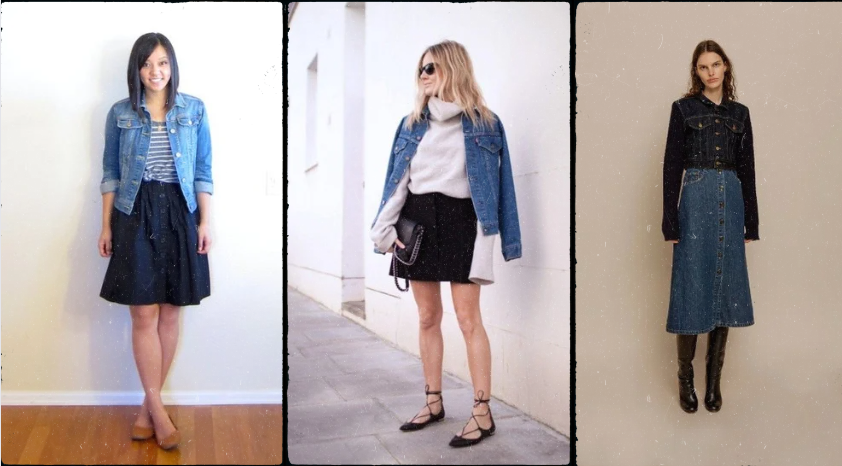Street Fashion Trend. Get inspired by the cutting-edge fashion trends emerging from the bustling streets of Asian. #streetsnaps #sexylady #chinastreet
Asian street fashion has gained global recognition for its unique blend of tradition and modernity. From Tokyo’s Harajuku district to Seoul’s trendy neighborhoods, Asian cities have become hubs of creative and eclectic street style. In this article, we’ll explore the vibrant world of Asian street fashion, its key influences, and its impact on the global fashion scene.
The Diversity of Asian Street Fashion
One of the striking features of Asian street fashion is its diversity. Different countries across Asia have their own distinct styles, reflecting their cultural heritage, climate, and societal influences. Some of the most notable Asian fashion hubs include:
1. Shanghai, China
2. Tokyo, Japan
Tokyo’s street fashion scene is synonymous with innovation and self-expression. Harajuku, in particular, is famous for its avant-garde and kawaii (cute) fashion. Styles like Gothic Lolita, Visual Kei, and Gyaru have originated from here and have inspired fashion enthusiasts worldwide.
 |
3. Seoul, South Korea
Seoul’s street fashion is a dynamic blend of traditional and contemporary elements. K-pop culture has played a significant role in shaping South Korean fashion. The “Korean Wave” has introduced the world to trends like K-fashion and Hallyu style, characterized by bold colors and unconventional layering.
4. Bangkok, Thailand
Bangkok boasts a diverse street fashion landscape, where traditional Thai attire seamlessly mingles with global trends. Thai street fashion is known for its vibrant colors, intricate patterns, and a laid-back yet stylish vibe. The Chatuchak Market is a fashion haven for both locals and tourists.
Influences on Asian Street Fashion
Asian street fashion draws inspiration from a multitude of sources:
1. Pop Culture Icons
K-pop idols, J-pop stars, and Asian actors often set fashion trends. Fans emulate their favorite celebrities’ looks, from their stage outfits to their everyday street style.
2. Cultural Heritage
Traditional clothing, such as the kimono, hanbok, or sarong, continues to inspire modern streetwear. Designers often reinterpret these elements in contemporary designs.
3. Subcultures
Asian street fashion embraces a wide range of subcultures, each with its unique aesthetic. These subcultures can be a source of inspiration for fashion enthusiasts looking to stand out.
Impact on Global Fashion
Asian street fashion’s influence extends far beyond its borders. International designers and brands often incorporate elements of Asian street style into their collections. Furthermore, fashion enthusiasts worldwide draw inspiration from Asian street fashion, experimenting with bold colors, patterns, and layering techniques.
The Future of Asian Street Fashion
As Asian cities continue to evolve, so too will their street fashion scenes. New subcultures and trends will emerge, pushing the boundaries of creativity. With social media and online platforms, Asian street fashion will remain accessible and influential on a global scale.
In conclusion, Asian street fashion is a dynamic and ever-evolving force in the fashion world. Its ability to seamlessly blend tradition and modernity, drawing inspiration from pop culture and subcultures, ensures that it will continue to captivate fashion enthusiasts worldwide. As Asian cities serve as incubators for creativity, we can expect to see even

.png)
.png)
.png)





















.png)
